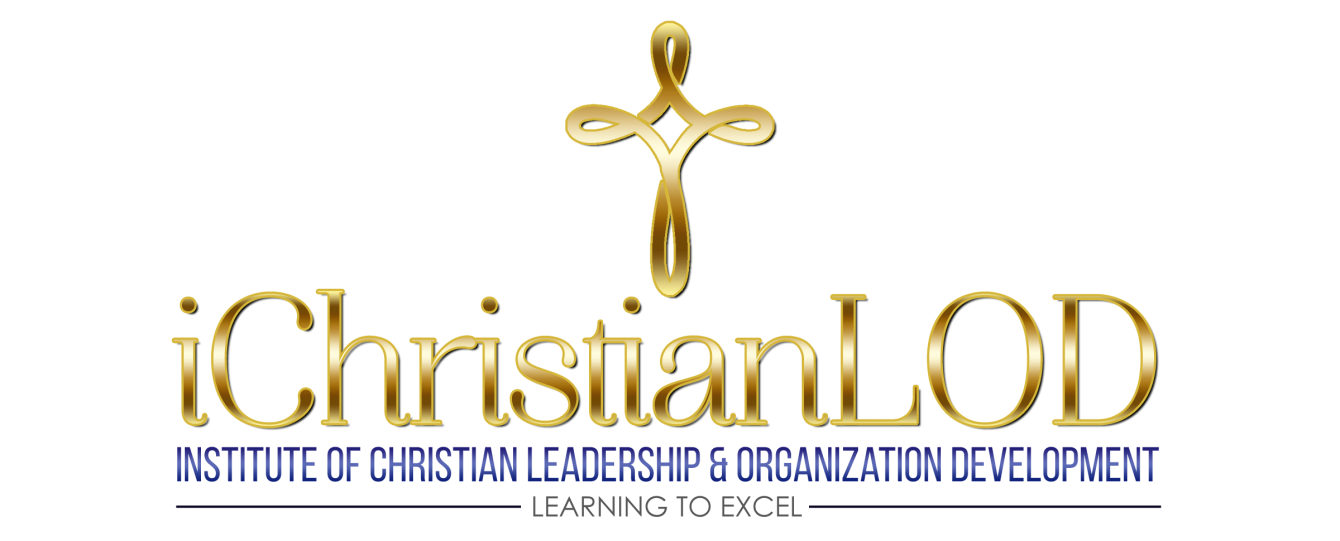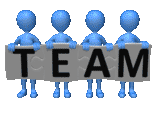Globalization
The answer to this question depends on who you ask. If you ask leaders and business people of some small and many medium to large-sized companies, they are likely to tell you that globalization is great! Why? Because it literally gives them the world as their marketplace, where they can discover new markets for their products. Developing countries also serves as labor pools for them to access cheap labor that enables them to save millions plus each year. Of course, this brings some monies to our economy, but it probably works better for the developing nation whose people get all of those low paying jobs. For them, low pay is better than no pay.
The downside of globalization is that while the rich get richer, the poor are getting poorer. In the U.S., the jobs that are now going overseas to some developing nation are the same jobs that our poor would have taken; that puts them out of work and dependent on government handouts. But it also negatively affects our economy in other ways. Think for just a moment about all of the services and products that are connected to the jobs that are now going overseas; they’re also gone. That affects jobs that may be listed at a higher level like plant supervisors or production managers. The greatest problem with globalization and more specifically outsourcing are the people in developing nations who don’t have the protection of labor laws and safety regulations to protect them from poor working conditions and safety hazards. This means we can expect more labor exploitation of the poor in foreign countries.

 mmitment — sometimes called buy-in — from the members of the team to work towards certain goals. To get this buy-in, the leader has to clearly articulate the purpose and goals for the team, establish performance standards, and make certain that the goals of the individual teams members are the same as the goals of the team. This is an important and vital first step in building an effective team because commitment is the fuel that accomplishes goals. The power of commitment lies in its emotional and psychological attachment and subsequent reward to employees who are committed to the same goals as the organization.
mmitment — sometimes called buy-in — from the members of the team to work towards certain goals. To get this buy-in, the leader has to clearly articulate the purpose and goals for the team, establish performance standards, and make certain that the goals of the individual teams members are the same as the goals of the team. This is an important and vital first step in building an effective team because commitment is the fuel that accomplishes goals. The power of commitment lies in its emotional and psychological attachment and subsequent reward to employees who are committed to the same goals as the organization.